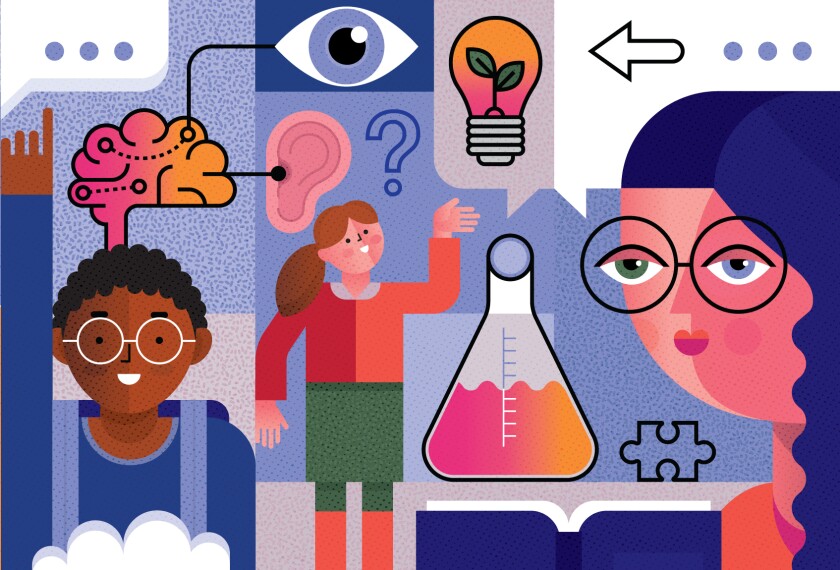Math and science combined get less instructional time in early-elementary classrooms than literacy, a new national survey indicates.
In grades K-3, teachers spend, on average, 19 minutes per day on science and 54 minutes on mathematics, compared with 89 minutes for reading/language arts, according to the nationally representative survey of teachers. The new report on math and science education, conducted last year with support from the National Science Foundation, provides data on teachers’ backgrounds, instruction, and curriculum across the K-12 spectrum.
Math and science get a little more time in grades 4-6, when the combined average is about the same as for reading. The study also finds that science is not typically taught every day in the elementary grades. (The averages are based on weekly totals.) Just one in five classrooms teach science daily in grades K-3. At the upper-elementary level, one in three classes provides a daily dose of science.



